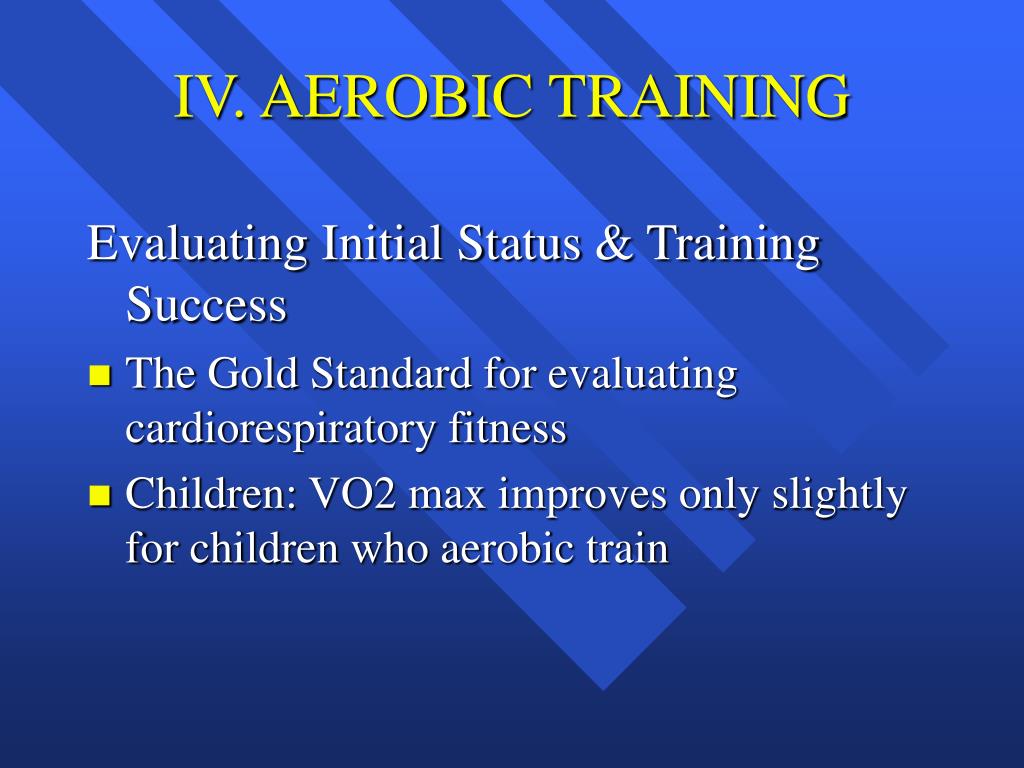

There are several risk factors for stroke as: hypertension, tobacco use, excessive salt and alcohol intake, overweight, diabetes mellitus, hypercholesterolemia, coagulation disorders and physical inactivity. Although most of the stroke is not acutely fatal in the first event, the majority of the individuals post-stroke die of complications result from disability or new vascular events. The incidence is 50% higher in men than in women, and the risk for recurrent vascular events is significant and may vary according to the stroke physiopathology, comorbidities and risk factors related to the life style.

The risk of stroke doubles for each successive decade after age 55 and between the ages of 55 - 75.

Nowadays, it is one of the most prevalent diseases among the elderly people and it is also the most important cause of chronic disability worldwide and the main cause of death. Stroke is a clinical syndrome with a presumed vascular origin, characterized by rapidly developing clinical signs of focal or global symptoms due to changes in cerebral functions lasting for more than 24 hours or leading to death. Received 27 January 2016 accepted 25 March 2016 published 28 March 2016 Conclusion: The aerobic conditioning should be included in the rehabilitation of stroke victims. There was weak evidence on the association of aerobic fitness with positive results on QoL in stroke victims and insufficient results to evaluate the effect of aerobic fitness on the risk of stroke recurrence and mortality. Results: There was “good” evidence for the inclusion of aerobic exercise on physical rehabilitation of post-stroke individuals to improve their physical capacity (VO 2peak), facilitating the completion of activities of daily living and gait. Analysis of Studies: The methodological quality of included studies is assessed using the tools: PRISMA and R-AMSTAR. Outcomes: VO 2peak, QoL, complications and mortality. Inclusion Criteria: Articles in English are published in secondary databases: systematic reviews with or without meta-analysis, which address the question PICO: patient (post-stroke), intervention (aerobic exercise), comparison (with or without aerobic conditioning) the outcome (volume of oxygen consumed peak (VO 2peak), quality of life (QoL), morbidity and mortality). Objective: The aim is to answer the following clinical question: Should aerobic fitness be part of the physical rehabilitation of individuals post-stroke? Methodological Design: The methodology used in the study was an integrative literature review. Despite the fact that new vascular events often happen and risk factors are the same that Cardiovascular Diseases, secondary prevention through non-pharmacological measures, are not part of the routine physical rehabilitation after stroke. Background: Stroke has been considered the major cause of chronic disability in the world and ranks among the leading causes of death.


 0 kommentar(er)
0 kommentar(er)
